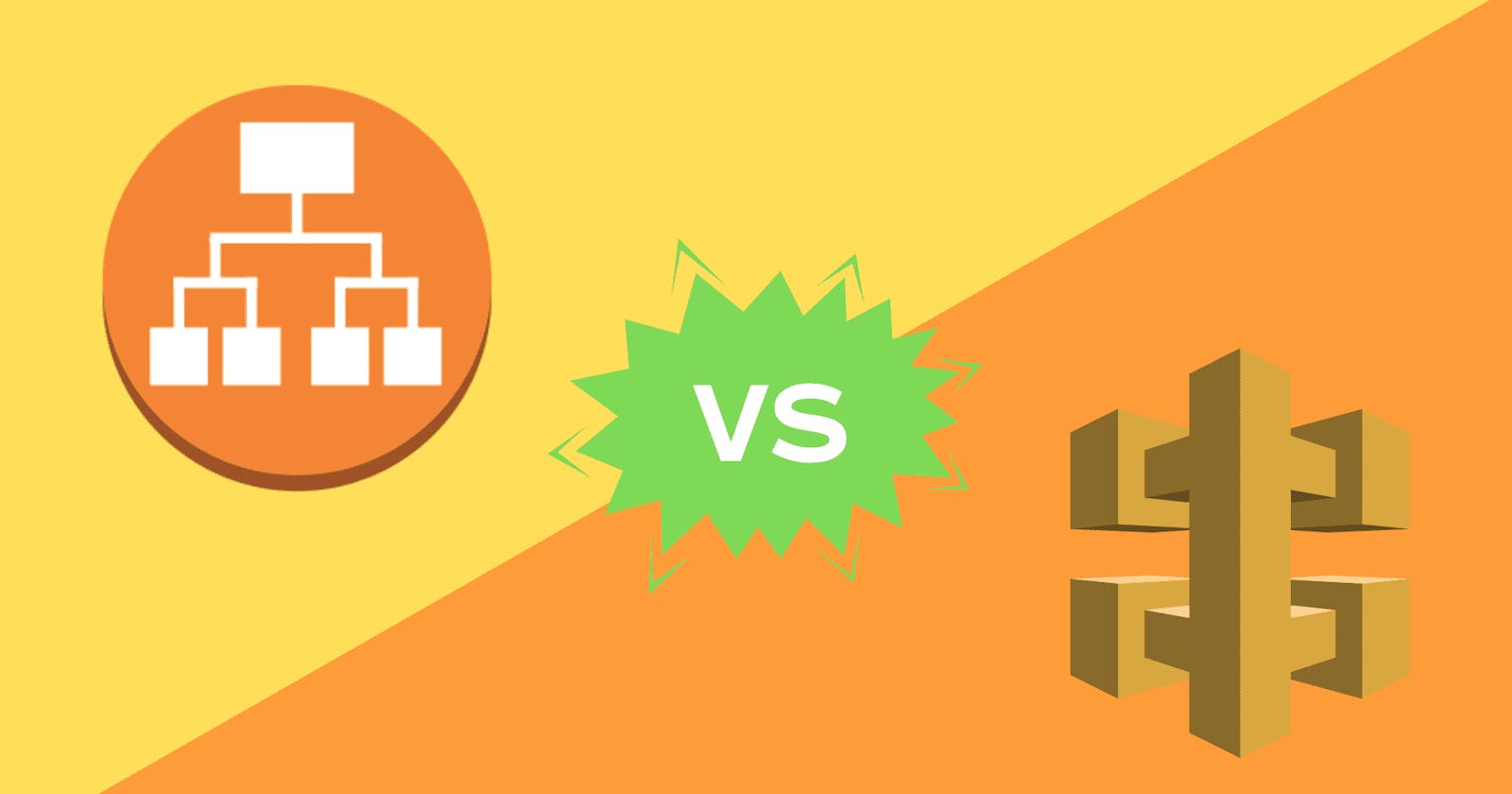Introduction
If you have a website or an application that receives a lot of traffic, you might need to use some tools to manage and optimize your network performance. Two of these tools are API gateway and load balancer. But what are they and how do they differ? In this blog post, we will explain what an API gateway and a load balancer are, what they do, and how they compare.
What is an API gateway?
An API gateway is a software component that acts as a single-entry point for all the requests coming from different clients to your backend services. An API gateway can perform various functions such as:
Authentication: It can verify the identity and permissions of the clients before forwarding their requests to the backend services.Security: It can enforce security policies such as encryption, rate limiting, and firewall rules to protect your backend services from malicious attacks.Routing: It can route the requests to the appropriate backend service based on the URL path, query parameters, or headers.Transformation: It can modify the requests or responses according to your business logic or data format requirements.Monitoring: It can collect metrics and logs about the requests and responses for analysis and troubleshooting purposes.
An API gateway can help you simplify your backend architecture by abstracting away the complexity of managing multiple services. It can also help you improve your user experience by providing consistent and reliable access to your backend services.
What is a load balancer?
A load balancer is a hardware device or software component that distributes incoming network traffic across multiple servers or instances of your backend service. A load balancer can perform various functions such as:
Availability: It can monitor the health and performance of your servers and redirect traffic to healthy ones in case of failures or overloads.Scalability: It can dynamically add or remove servers from your pool based on traffic demand and resource utilization.Performance: It can optimize the response time and throughput of your service by using algorithms such as round robin, least connections, or least latency to select the best server for each request.Affinity: It can maintain session persistence or sticky sessions by sending subsequent requests from the same client to the same server. A load balancer can help you increase your service reliability by ensuring high availability and fault tolerance. It can also help you optimize your resource utilization by balancing the workload across multiple servers.
How do they compare?
An API gateway and a load balancer both handle network traffic but have different roles. An API gateway focuses on managing communication between clients and backend services while a load balancer focuses on distributing traffic across multiple servers.
An API gateway usually operates at layer 7 (application layer) of the OSI model while a load balancer usually operates at layer 4 (transport layer) or layer 7 depending on its type. An application load balancer works at layer 7 while a network load balancer works at layer 4.
An API gateway typically connects microservices while a load balancer typically redirects multiple instances of the same service element as it scales out. Most backend APIs are exposed via load balancers whether they are exposed to public or internal audiences.
An API gateway often integrates with other tools such as authentication providers, security solutions, or monitoring systems while a load balancer often works independently with minimal configuration.
Conclusion
In summary, an API gateway vs. load balancer comparison boils down to their different functions and scopes. An API gateway handles authentication and security policies while a load balancer distributes network traffic across multiple servers.
Both tools are essential for building scalable, reliable, and secure web applications and APIs. Depending on your needs, you might use one or both of them in combination to achieve optimal performance and user satisfaction.
